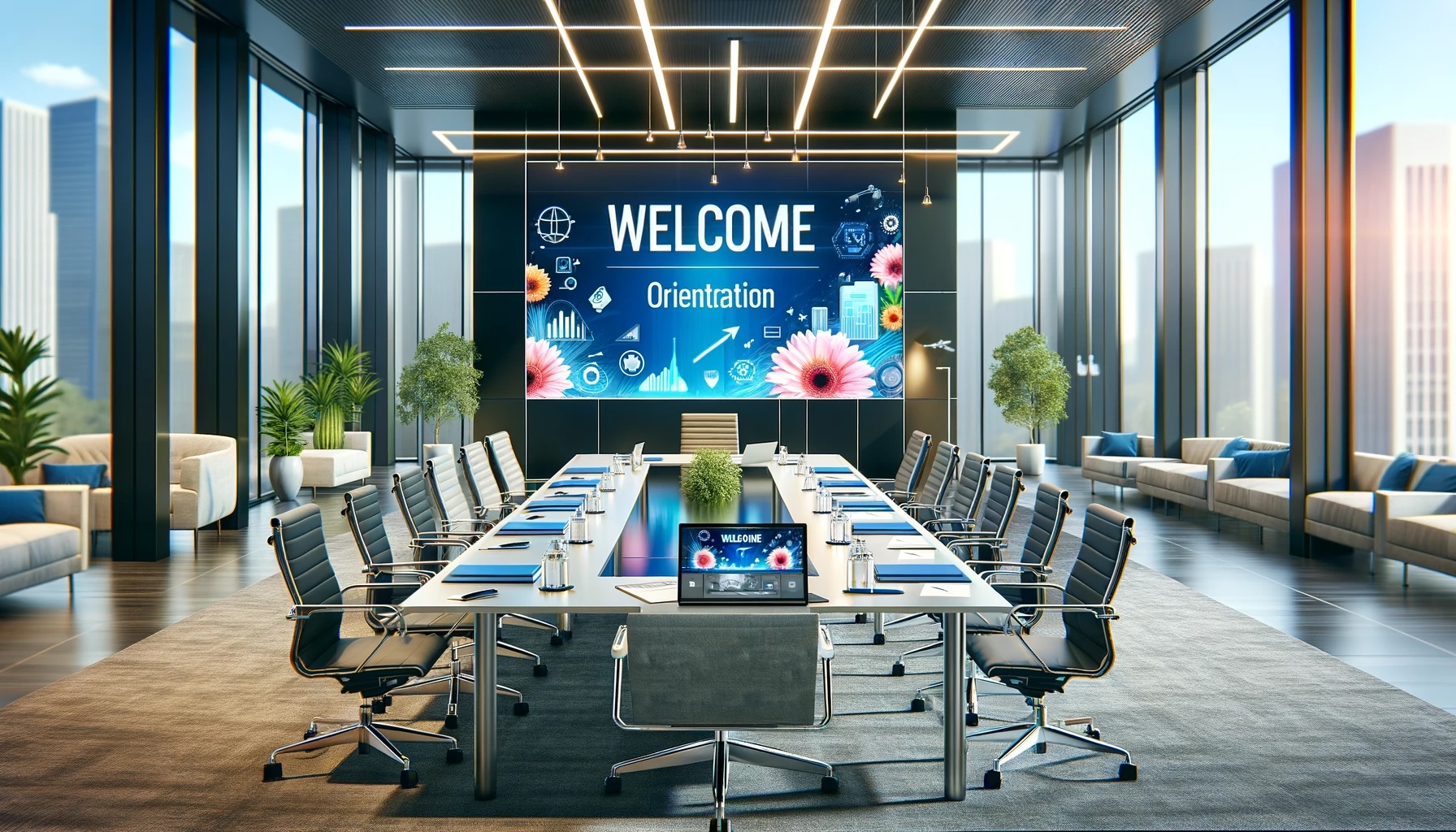Starting a new job, newcomers step into a new environment filled with unfamiliar faces, processes, and expectations, 17% of specialists quit after the first week being confused at the new place, and nearly as many people quit after the first month.
A well-designed new employee orientation program can ease the transition for new hires. Want to know for sure what successful onboarding looks like? We have analyzed how professional onboarding services work and are sharing a solid portion of insights right now.
3 Values of Right Onboarding
A good onboarding is about making newcomers feel welcome and helping them understand their role within the company. So, onboarding specialists go beyond just filling out hiring paperwork and level up 3 things.
- Retention. 80% of hired specialists are thankful to companies, where they have received detailed instructions for their new team roles. This makes newcomers much more confident, and such a caring start is one of the reasons why people stay with this or that business long-term. So, invest in your team’s initial experience to reduce turnover and retain top talent.
- Productivity. A well-executed new employee orientation program accelerates the time it takes for newcomers to reach full productivity. So, be focused during an onboarding to let your hires bring expected results faster.
- Engagement. If an onboarding experience is positive and comfortable, your new team members get higher satisfaction from their jobs and smoothly integrate into your team.
Must-haves of New Employee Orientation Program
Preparation
A new employee orientation begins before a specialist’s first day — just when recruiters interview candidates and provide them with the basic facts about the company, future tasks, and future onboarding as well.
Before an onboarding, HR agencies prepare a to-do list with all the onboarding steps. Thus, everything is done in one go, and there is no necessity to back to any of the steps in the future and interrupt workflows. They always have a basic list ready yet customize it a bit for each new team role. Below, you can find the essential steps.
Guide on company policies and processes
Ideally, such information as company policies, procedures, values, and goals should be well-documented. Thus, you can present documents to a newcomer one by one during an onboarding.
Joining corporate systems
Email, messengers, task trackers — check if all the accesses are granted. A good idea is also to set up a profile picture everywhere, as it serves as a connector to reality in these remote times.
Security training
Right from the start, it’s important to explain all the security requirements you have: using a corporate VPN, locking a laptop when not working, adhering to GDPR principles, and others.
Paper signing
HR experts finish all the documents in a row, switching to the most focused state of mind. Statistically, addressing questions related to the terms of agreements or NDAs is often energy-consuming.
Introduction to the team
When new specialists navigate the company’s operations, they see a lot of new names. It would be nice to associate these names with the corresponding team members by taking the time to introduce the newcomer to the whole team. You can go further and arrange a series of one-to-ones: let a newbie meet each colleague.
Buddy System
Pair a newcomer with a mentor or “buddy”. This can be anyone who can answer arising questions, provide insight into company culture, and offer support as needed. A direct manager can be responsible for helping freshers with task-related queries, while HR specialists can handle organizational ones.
Clarity
Open and transparent communication is essential throughout a new employee orientation. Double-check if new hires have understood all their responsibilities and performance expectations. Hint them what are the options for career growth within the project or the entire company. Be supportive and don’t forget to share resources which can help to succeed in their positions.
Consistency
If you are onboarding several team members, treat them with the same level of attention and support, regardless of their role or department.
Personalization
While consistency is critical, it’s also essential to tailor the onboarding experience to each new hire. People have unique strengths and imperfections, so it might be needed to emphasize different aspects of onboarding accordingly.
Feedback Mechanism
If you want to identify areas for improvement and continuously refine your onboarding process, ask new hires about their onboarding experience. For instance, you can send them a Google form right after the onboarding when newcomers’ impressions are still bright.
What Onboarding Tools Do You Need?
It’s possible to make an orientation for new employees even more convenient if you visualize this process. How to visualize it?
The simplest way is to create a progress bar which indicates how your newcomer moves from one onboarding task to another. If you use one of the most popular HRM (HR management systems), like Bamboo HR, you already have such an option available in that system. If you don’t use an HRM yet, create a series of tasks in Trello or Asana.
The most immersive (and expensive) tools are 3D virtual working environments where newcomers can simulate a working process, practicing skills and decision-making. This hands-on approach is more than engaging and significantly reduces the risk of errors in real-world situations.
Beyond visualization, the trendiest onboarding advice would be to use an onboarding chatbot, allowing new team members to get answers to their questions anytime, anywhere. This can speed up the learning curve and personalize onboarding experiences along the way. Additionally, such robotic assistants free up time for HR procedures.
However, chatbots may lack the human touch and empathy needed to address complex or unexpected issues or emotional concerns that newcomers may have during onboarding. This can lead to frustration or dissatisfaction if the chatbot fails to understand or adequately respond to their needs. Thus, onboarding chatbots should be complemented with human support.
Whatever tool you pick, the success of any new employee orientation depends on how good the onboarding plan is, not how fancy the onboarding tools are.

